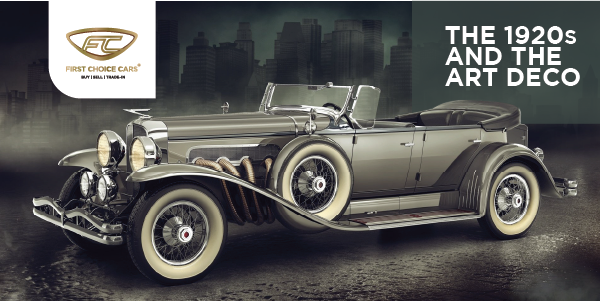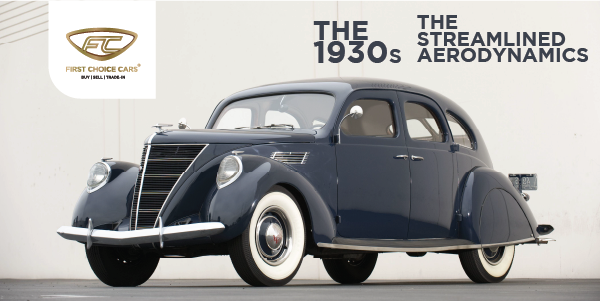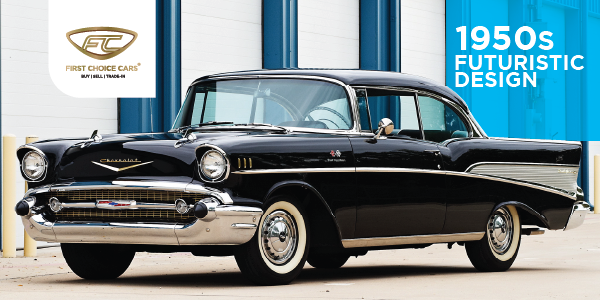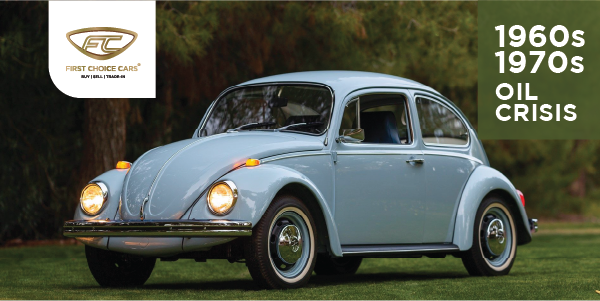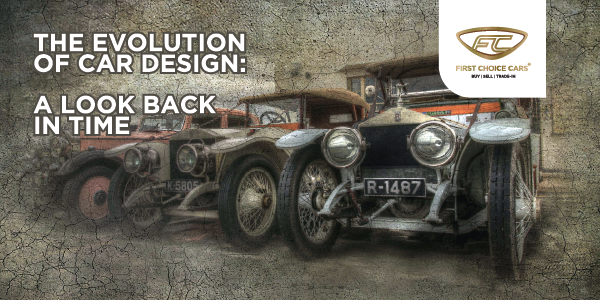
The automotive design history has come a long way since its inception in the late 19th century. The evolution of cars has gone through a tremendous transformation over the years, from simple, boxy designs to sleek, aerodynamic forms. In this article, we will take a look back in time at the history of car design. We will explore how car design has changed over the years, what the first car looks like, and what trends we can expect in the car design industry.
The late 1800s
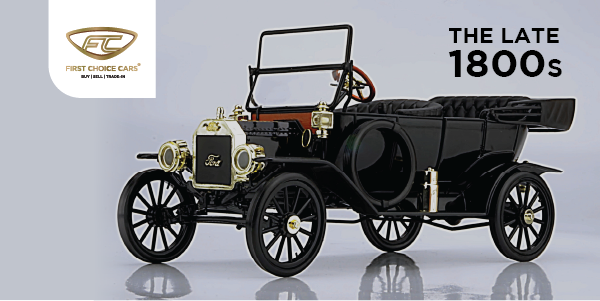
When did the first car come out?
The early history of automotive design was marked by experimentation and innovation. Cars in the 1800s were essentially horse-drawn carriages fitted with engines. They were boxy, heavy, and difficult to maneuver. However, by the turn of the century, car manufacturers began to focus on creating vehicles that were more practical and comfortable. One of the pioneers of car design was Henry Ford, who introduced the Model T in 1908. The Model T was the first car to be mass-produced, and it was designed with simplicity and affordability in mind. The Model T's design was basic, with a boxy shape and large, spoked wheels; however, it started an evolution of cars that would revolutionize transportation and pave the way for modern automotive innovation.
The 1920s and the Art Deco
Leaving the design of the 1800s cars behind, car structure evolution was starting to take place. In the 1920s, car design underwent a major transformation. The Art Deco movement, which was popular at the time, heavily influenced car design evolution. As a result, the cars throughout the years became more stylish, with sleek lines and curves. One of the
most iconic cars of the Art Deco era was the 1929 Duesenberg Model J, which was designed with a long hood and a sloping back.
The 1930s – The Streamlined Aerodynamics
Car design over the years became even more streamlined. During the 1930s, cars were designed with aerodynamics in mind, and designers experimented with new materials and shapes to reduce wind resistance. The 1936 Lincoln Zephyr was the first car design of this trend, marking a significant milestone in the evolution of vehicles. Its smooth, curved body was designed to minimize wind resistance, making it one of the most aerodynamic cars of its time.
1950s – Futuristic design
In the 1950s, the evolution of cars took on a more futuristic look. Cars became longer, lower, and wider, with exaggerated fins and chrome accents. The 1957 Chevrolet Bel Air is one of the most iconic cars of the 1950s. It was designed with a futuristic look, featuring sweeping tailfins that extended upwards and outwards from the rear fenders. These tail fins were inspired by the jet planes of the era and were meant to evoke a sense of speed and motion. Today, the 1957 Chevrolet Bel Air is considered the first modern looking car and, as a classic, is highly sought after by collectors. Its distinctive design and powerful performance make it a beloved icon of the 1950s.
1960s – 1970s – Oil Crisis
During the 1960s and 1970s, car design underwent a significant shift as practicality and functionality became more important than style. The oil crisis of the early 1970s had a major impact on how cars are designed, causing car manufacturers to focus on designing cars that are more fuel-efficient. This shift marked a pivotal moment in understanding how the design of cars changed over the years, steering the industry towards a trend of simpler, boxier designs that prioritized fuel efficiency over style.
The Volkswagen Beetle, first introduced in the 1930s, became really popular in the 1960s as a symbol of the counterculture movement. Its simple, functional design and fuel efficiency made it a popular choice among young people who were looking for a more practical and affordable car.
1980s – 1990s Technological Advancement
In the 1980s and 1990s, the evolution of car design became more aerodynamic and technologically advanced, diverging from the constraints of original car design. Cars were designed with computer software, which allowed designers to create more complex shapes and curves. During the 1980s, classic car design took a turn towards sleekness and aerodynamics, with a focus on high-tech features. The 1984 Audi 5000 was a prime example of this trend, featuring a smooth, streamlined exterior design that enhanced its
performance and fuel efficiency.
Today, the evolution of car technology continues to build upon the rich car design history, with an emphasis on sustainability, safety, and technology. Cars are designed with fuel efficiency in mind, and
electric and hybrid vehicles are becoming increasingly popular. In addition, cars are equipped with advanced safety features such as lane departure warnings and automatic emergency braking, marking a remarkable chapter in car evolution. The Tesla Model S is a prime example of this trend, with its sleek, futuristic design and cutting-edge technology.
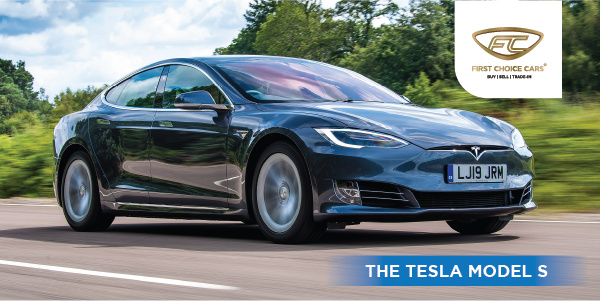
The evolution of cars over the years has undoubtedly been a fascinating journey. From the boxy designs of the early 1900s to the sleek, futuristic designs of today, cars have come a long way in terms of both aesthetics and functionality. It's incredible to think that popular cars in the 1920s featured old car designs with boxy shapes, limited functionalities, and minimal comforts. But as time passed, the automotive industry witnessed a car shape evolution and shifted towards sleek, futuristic designs that not only looked stunning but also offered superior performance and efficiency.
Moving towards a future that's increasingly reliant on technology, how cars are designed is poised to evolve in fascinating new ways. Electric cars are already changing the automotive landscape, and as autonomous driving technology advances, we could see radical new designs of cars that reflect this change in functionality. Furthermore, exploring the evolution of cars over time provides valuable insights into how to design cars that not only meet our transportation needs but also align with our ever-evolving technological and environmental priorities. As technology continues to advance, it will be exciting to see what the future holds for car design.


